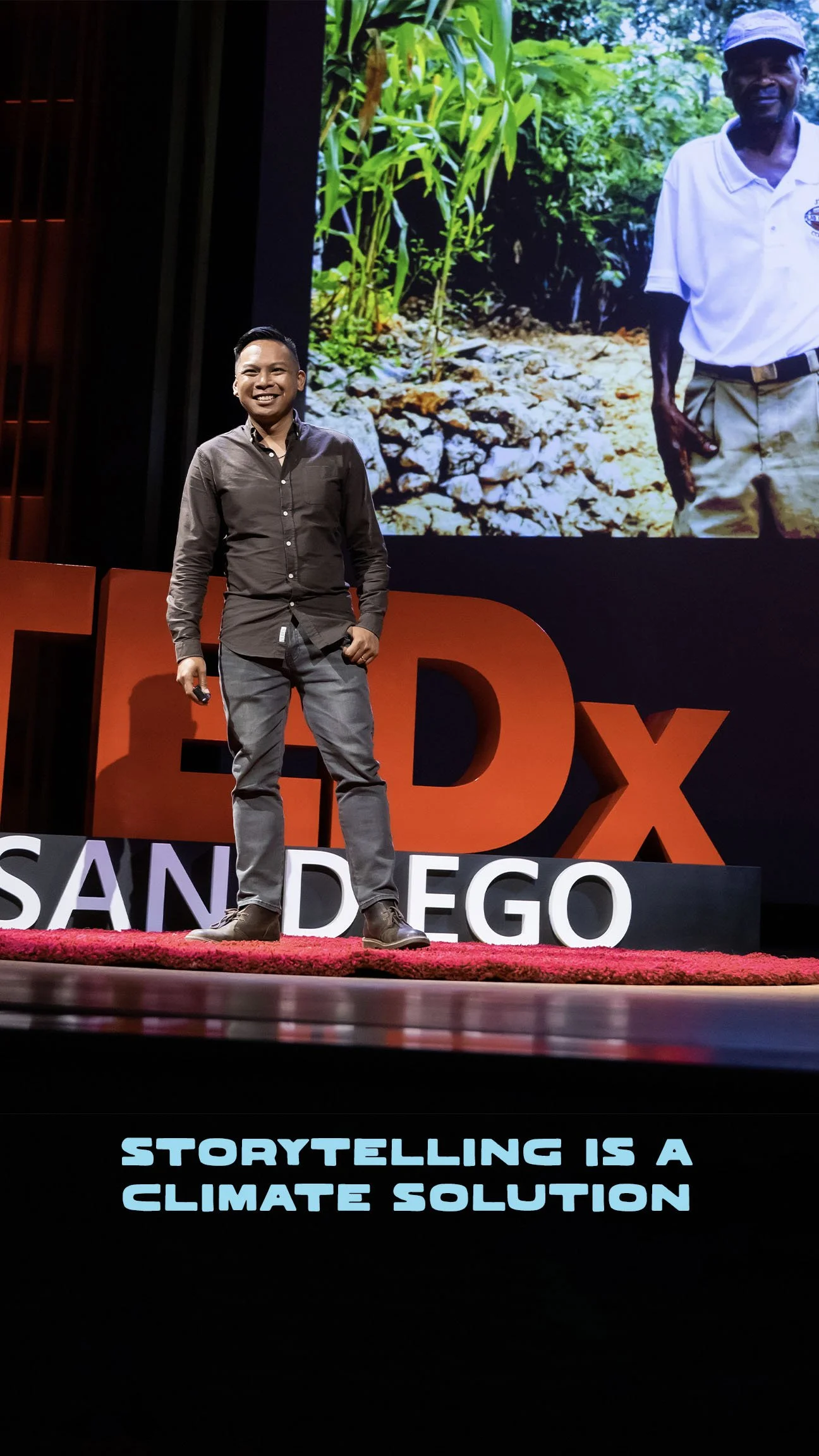“We’re often presented with the climate crisis through the lens of macro level trends and global statistics. These things are very useful in the right context, but if that’s our primary way of engaging this crisis, it creates this layer of distance between ourselves and those most affected by it. It makes it harder for us to tap into our own emotional connection and deflates our motivation to take action. What we’re left with is a flattened image only marked by the most disturbing headlines and reports.
These things are often true, but they also lack the depth that tells us what we can do from here and where to go next. We can’t develop and implement effective solutions if we don’t have proximity to the people who are most affected by a problem until we’ve heard their stories and engaged their perspectives.”

